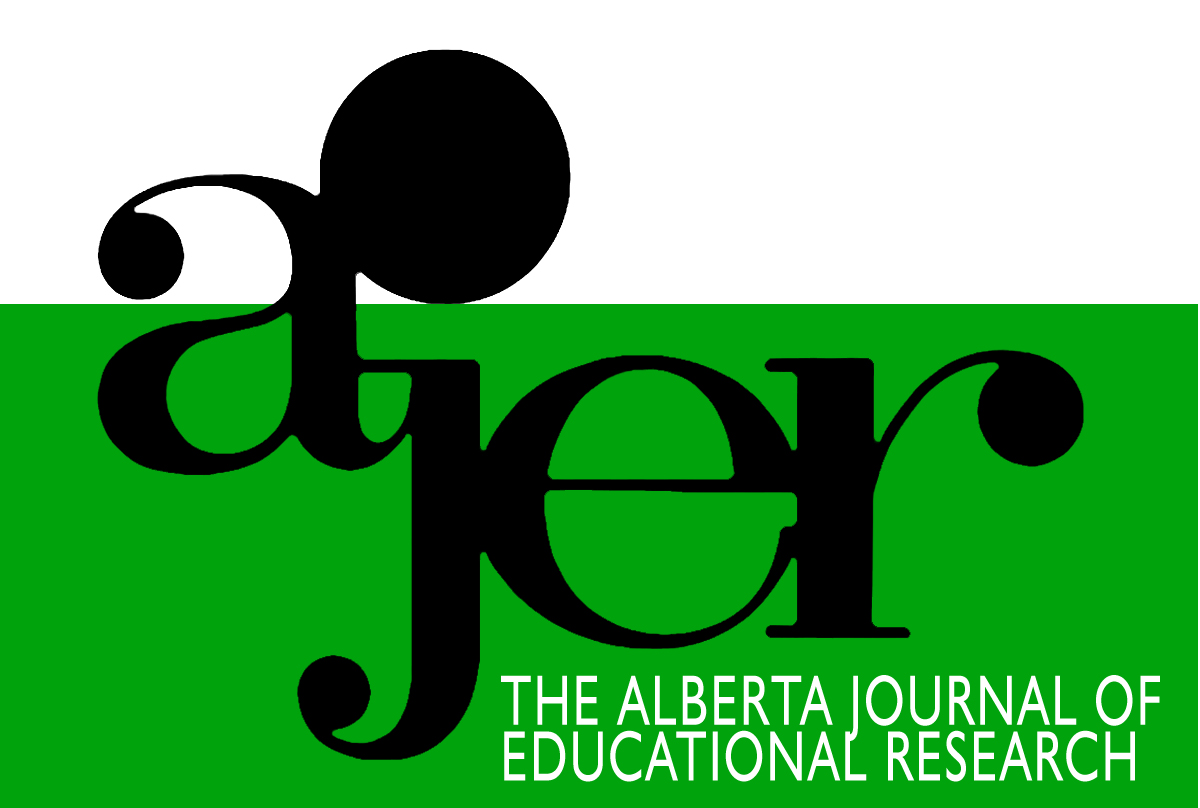The Association Between Perceived Care From Family, School Staff, and Other Social Agents and an Adolescent’s Presentation of Empathy, Trait Resilience, and Psychological Strengths
DOI:
https://doi.org/10.55016/ojs/ajer.v66i2.61291Abstract
The abilities to experience and understand another person’s feelings (empathy), to successfully cope with stress (resilience), and to harness personal skills (psychological strengths) are dynamic qualities that may be associated to an adolescent’s perception of care from others (i.e., family, friends, school staff, and significant others). Although the association of these different social sources have been studied independently, it has yet to be elucidated which of these sources is most highly associated to the presentation of these three qualities. For this study, high school students from a northern community completed a series of online questionnaires. A series of hierarchical regressions showed each source of care accounted for unique variance in the presentation of resilience and strengths, with perceived care from school staff and family accounting for the greatest variance, emphasizing the equal importance of examining the school and home environment. Further research is needed to understand how teachers and the school culture are associated with personal growth.
Keywords: adolescent growth, resilience, psychological strengths, positive psychology, social support
Les capacités de ressentir et de comprendre les sentiments d’autrui (l’empathie), de bien gérer le stress (la résilience) et d’exploiter ses compétences personnelles (forces psychologiques) sont des qualités dynamiques qui peuvent être associées à la perception qu’ont les adolescents des soins dispensés par les autres (c.-à-d., la famille, les amis, le personnel de l’école et l’être cher). Si l’association de ces différentes sources sociales a été étudiée indépendamment pour chacune d’elles, il reste à comprendre laquelle est la plus fortement liée aux trois qualités décrites ci-haut. Dans le cadre de cette étude, des élèves du secondaire provenant d’une communauté du nord ont complété une série de questionnaires en ligne. Une série de régressions hiérarchiques a démontré que chaque source de soins expliquait une variance unique dans la présentation de la résilience et des forces. Les soins perçus de la part du personnel de l’école et de la famille représentent la plus grande variance, ce qui souligne l’importance de se pencher tant sur le milieu scolaire que le milieu familial. Il faudrait mener des recherches plus poussées pour comprendre dans quelle mesure les enseignants et la culture scolaire sont associés à l’épanouissement personnel.
Mots clés: croissance des adolescents; résilience; forces psychologiques; psychologie positive; soutien social
Downloads
Downloads
Published
How to Cite
Issue
Section
License
UNIVERSITY OF ALBERTA COPYRIGHT LICENSE AND PUBLICATION AGREEMENT
If accepted, authors will be asked to sign a copyright agreement with the following points:
A. Where there is any inconsistency between this Copyright License and Publication Agreement and any other document or agreement in relation to the same subject matter, the terms of this Agreement shall govern.
B. This document sets out the rights you are granting in relation to publication of your article, book review, or research note entitled (the “Article”) through inclusion in the academic journal titled Alberta Journal of Educational Research (the “Journal”) published through the Faculty of Education, representing the Governors of the University of Alberta (the “Journal Editor”).
C. There will be no payment to you for this publication and grant of rights. In consideration of the agreement to publish the Article in the Journal:
1. You are warranting that:
- the content of the Article is your original work, and its content does not contain any material infringing the copyright of others; or, where the Article is not entirely your original work, you have obtained all necessary permissions in writing to grant the rights you are giving in this agreement;
- the content of the Article does not contain any material that is defamatory of, or violates the privacy rights of, or discloses the confidential information of, any other person;
- the Article has not been published elsewhere in whole or in part, and you will not allow publication of the Article elsewhere without the consent of the Journal Editor;
- the names of all co-authors and contributors to the Article are:
2. You agree to license the copyright in the Article to the Journal Editor, on a worldwide, perpetual, royalty free basis; and to the extent required by the terms of this agreement. You shall retain the right at all times to be acknowledged as the/an author of the Article.
3. You further agree that the Journal Editor has the entitlement to deal with the Article as the Journal Editor sees fit, and including in the following manner;
- The right to print, publish, market, communicate and distribute the Article and the Journal, in this and any subsequent editions, in all media (including electronic media), in all languages, and in all territories, ing the full term of copyright, and including any form of the Article separated from the Journal, such as in a database, abstract, offprint, translation or otherwise, and to authorize third parties to do so;
- The right to register copyright of the Journal;
- The right to edit the Article, to conform to editorial policy as the Journal Editor sees fit.
4. If any co-author or contributor to the Article does not sign this agreement, the Journal Editor reserves the right to refuse to publish the Article.



